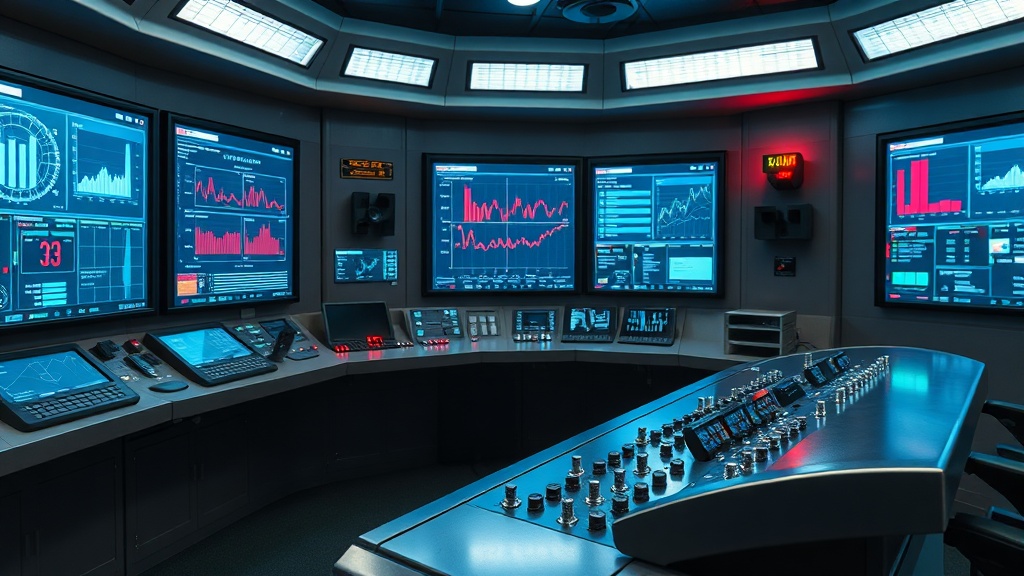Home / Arts and Entertainment / Bigelow's 'Dynamite' Sound: Secrets of Nuclear Crisis
Bigelow's 'Dynamite' Sound: Secrets of Nuclear Crisis
26 Nov
Summary
- Ottosson crafted realism for nuclear crisis film using rare access.
- A three-star general provided crucial details on sensitive locations.
- Sound design manipulates dialogue to build tension and unease.

Paul Ottosson, a frequent collaborator with director Kathryn Bigelow, discusses his meticulous sound design for "A House of Dynamite." Given early script access, Ottosson prioritized authenticity, adhering to Bigelow's rule of only including real elements. This presented a significant challenge due to the restricted nature of locations like STRATCOM, where access was minimal.
To overcome this, Ottosson relied on a three-star general advisor who provided invaluable insights into the sensory experience of these critical decision-making environments. This collaboration was essential in capturing the sterile yet intense atmosphere of the film, which explores the nerve-wracking scenario of a nuclear attack.
Ottosson employed techniques inspired by horror filmmaking, using subtle sound manipulation to create suspense. He strategically obscured dialogue and layered background noise, particularly in scenes involving casual conversation that transitions to urgent information. This approach, combined with the film's repeating structure, intentionally induced anxiety in the audience by withholding crucial details, mirroring the characters' own high-pressure situation.




